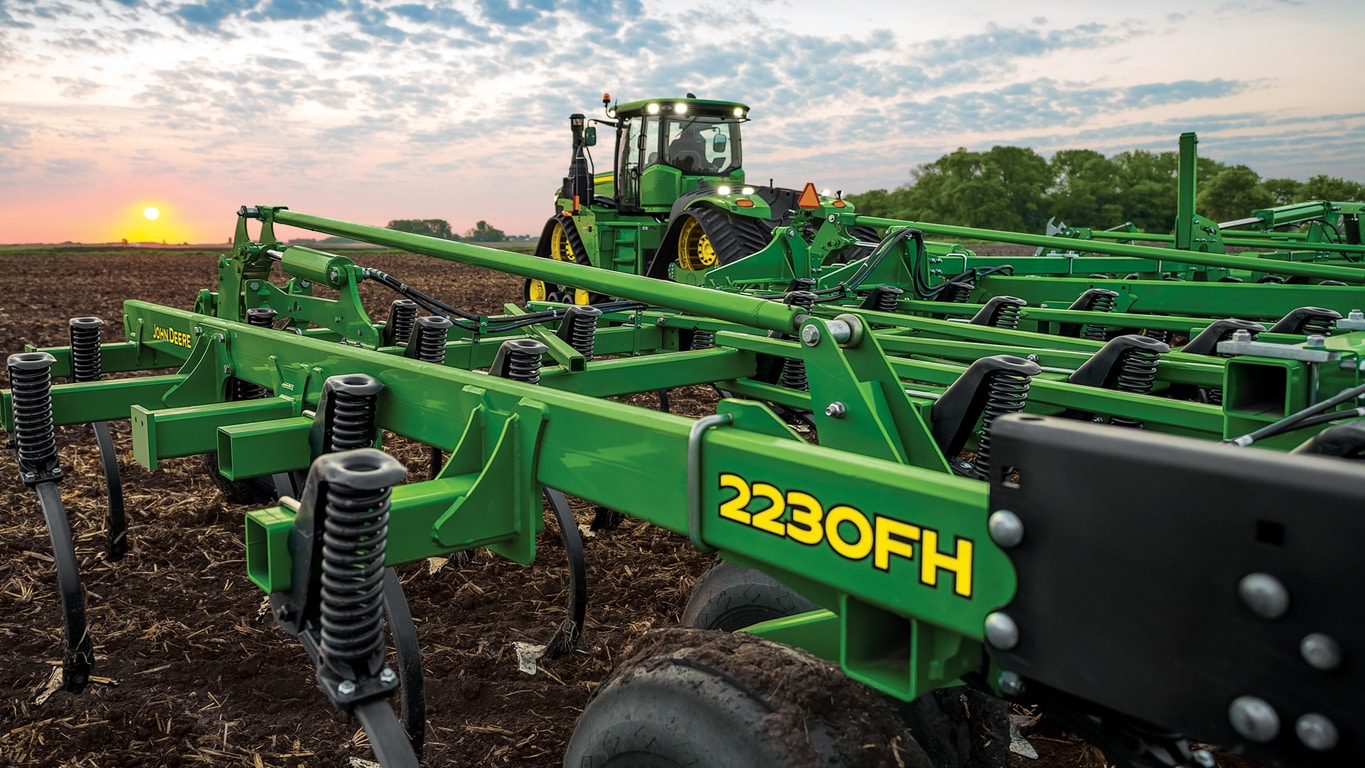WHAT IS A CULTIVATOR?
A cultivator is a type of agricultural equipment that is used for secondary tillage, which is the preparation of soil for planting after the primary tillage has been completed.
WHAT ARE CULTIVATORS USED FOR?
Cultivators are used to stir soil around a crop as it matures to help promote growth and destroy weeds. Not only that, a cultivator is used to help break up clumps of soil, remove weeds, and loosen the top layer of soil, making it easier for plants to grow roots and access nutrients.
WHAT ARE THE BENEFITS OF USING A CULTIVATOR?
Cultivators provide several benefits in agricultural settings. Some benefits of using a cultivator include:
Improved Soil Structure
Cultivators break up compacted soil, which helps improve soil structure and aeration. By doing so, this allows for better water infiltration and drainage, helping plants grow better and resist disease.Weed Control
Cultivators can be used to remove weeds from the soil by either uprooting them or burying them. This can help reduce competition for resources such as water, nutrients, and sunlight, allowing crops to grow more efficiently.Time and Labor Savings
Using a cultivator can save time and labor compared to using a plow. Cultivators are faster and easier to use, making them ideal for large-scale farming operations.Soil Conservation
Cultivators are designed to be less disruptive to the soil than plows, which helps preserve soil health, reduce erosion, and maintain soil productivity over time.Cost Savings
Cultivators are generally less expensive and they also require less maintenance and fuel, which can save money over time.What’s the Difference Between a Field Cultivator vs Chisel Plow?
The main difference between a field cultivator and a chisel plow is their depth of tillage and the types of soil and crops they are best suited for. A field cultivator is designed for shallow primary tillage, while a chisel plow is designed for deeper secondary tillage in soils with heavy residue or compaction.

